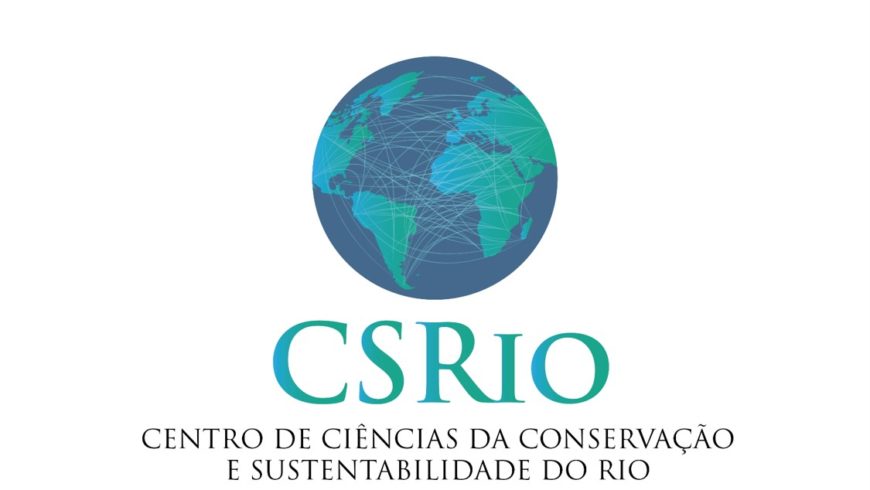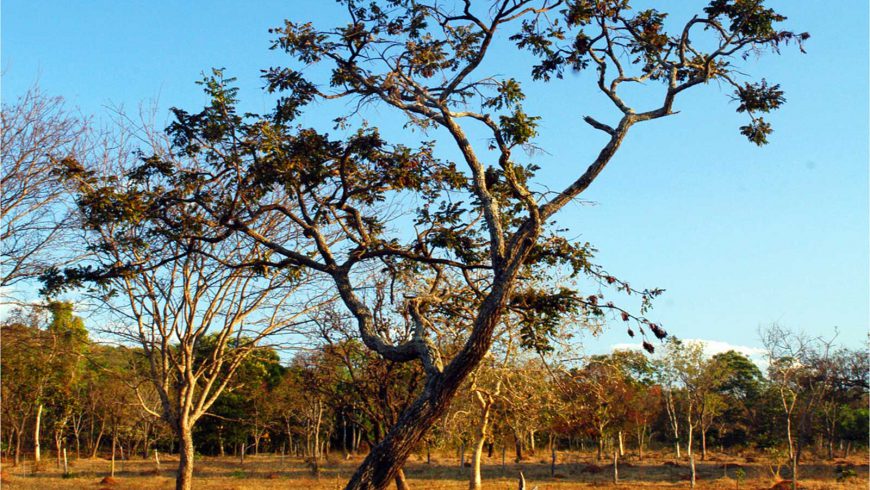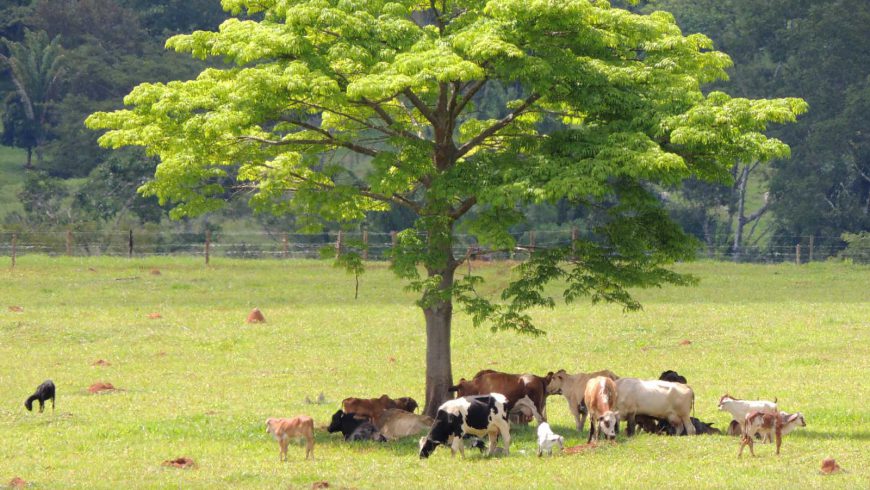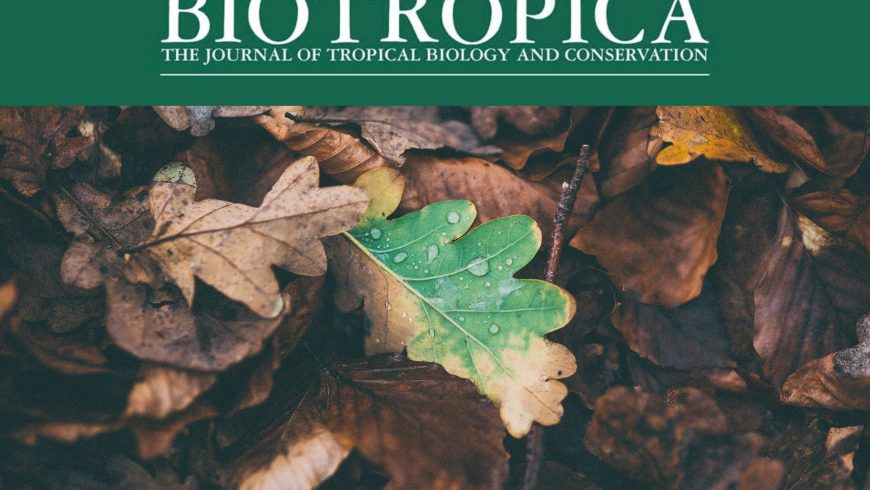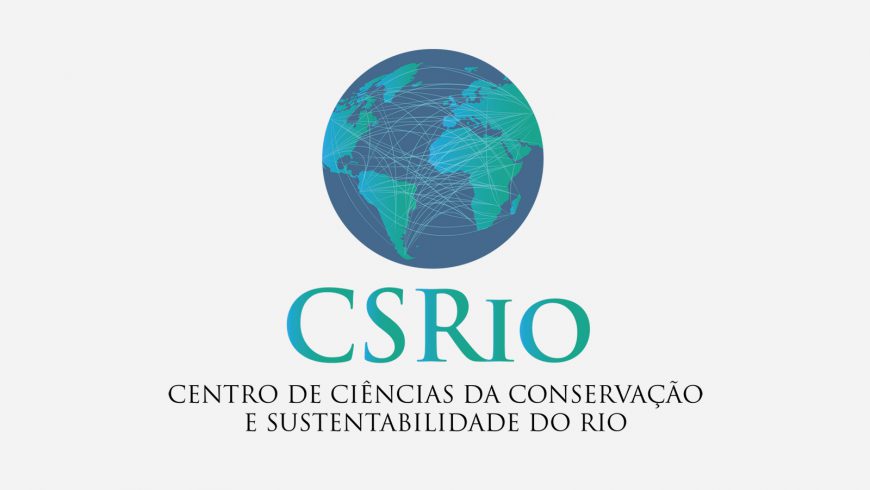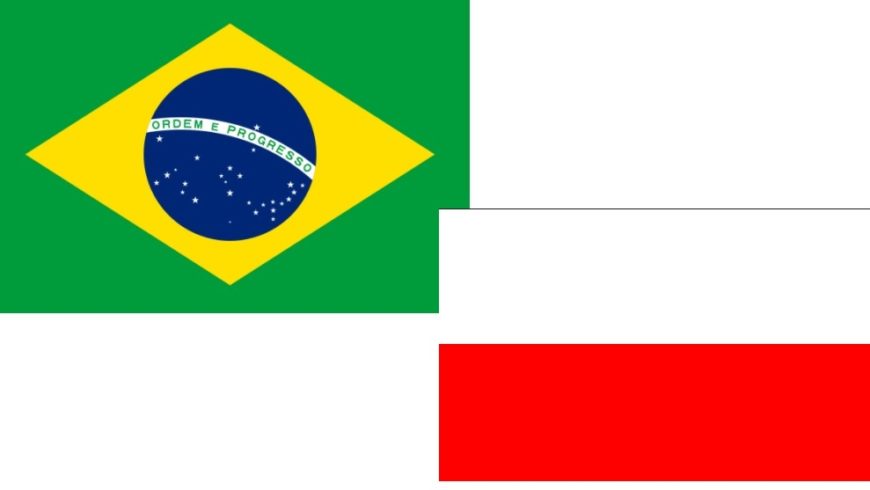Call for a PhD – candidate Group of synthesis in Ecology and Sustainability of the Atlantic Forest (SES-MA)
The SES-MA group aims to develop synthesizing studies in ecology and sustainability of the Atlantic Forest Biome, Brazil, in order to provide scientific support for decision-makers and the development of public policies for landscape management and the biodiversity conservation. A specific objective of the group is to test hypothesis and respond key-questions in ecology and sustainability using an extensive pool of empirical data collected in the Atlantic Forest Biome. This database comprises information on richness as well as abundance of species at landscapes covering the entire range of the Atlantic Forest. At the moment, the data base includes information from more than 2.000 sampling sites, as well as different taxonomical groups including plants, invertebrates and vertebrates. The SES-MA group is located at the Centre for Conservation and Sustainability Science (CSRio /PUC-RJ; http://www.iis-rio.org/en/projeto/rio-conservation-and-sustainability-science-centre-csrio) and is coordinated by the following researchers: Jayme Prevedello (UERJ), Mauricio de Almeida Gomes (UFMS), Renato Crouzeilles (IIS/CSRio/UFRJ) e Thomas Püttker (UNIFESP). A series of researchers from different universities and institutions from Brazil and abroad are participating in the scientific committee of the group: Bernardo Strassburg (IIS/CSRio/PUC-RJ), Carlos Fonseca (UFRN), Cristina Banks-Leite (Imperial College – London), Jean Paul Metzger (USP), Marcelo Tabarelli (UFPE), Marcus Vinicius Vieira (UFRJ), Pedro Brancalion (ESALQ-USP) e Renata Pardini (USP). Additionally, a series of researchers who provided empirical data are part of the team. The purpose of this call is to select ONE candidate applying for the selection of PhD-positions at one of the before-mentioned Universities. Preferentially however, the candidate applies for the selection of PhD-position at UERJ, UFMS or UFRJ under the supervision of Jayme Prevedello, Mauricio de Almeida Gomes, or Renato Crouzeilles, respectively. Importantly, the student selected in this call does not immediately receive a scholarship, but will have to apply for a selection of PhD-positions and compete for available scholarships at the respective University. Considering the quantity of information available in our database as well as the participation of highly renowned researchers in the SES-MA group, we believe that the studies developed during the PhD will result in quality research with high scientific relevance. Requirements for the candidate – CV (preferentially in Lattes) – Letter of intention including: i) short presentation of the academic/scientific history of the candidate ii) justification of adequacy of the candidate for the position considering the criteria for selection (see below) iii) motivation of the candidate (why would you like to get the position?) iv) proposal of three questions or hypotheses which might be tested with the data of the SES-MA group including their theoretical and/or practical contextualization (maximum of 1 page) Criteria for selection – CV – strong basis in ecology – skills in statistics, ArcGIS and R – competence in English – preference for applying for a PhD at UFMS, UERJ or UFRJ – justifications provided in the letter of intention – suggestions of questions or hypotheses and their theoretical and/or practical contextualization Time schedule – deadline for submission of applications: 4th of august 2017; 12:00 p.m. (noon) Brasília time) – Send your application to contato@csrio.usuarios.rdc.puc-rio.br; subject: Chamada para seleção de candidato a doutorado SES-MA – publication of result: after deadline of submission – election of PhD candidates: UFRJ and UERJ – around end of November; UFMS – continuously, however depending on availability of scholarships; other universities: to be confirmed
Read more


